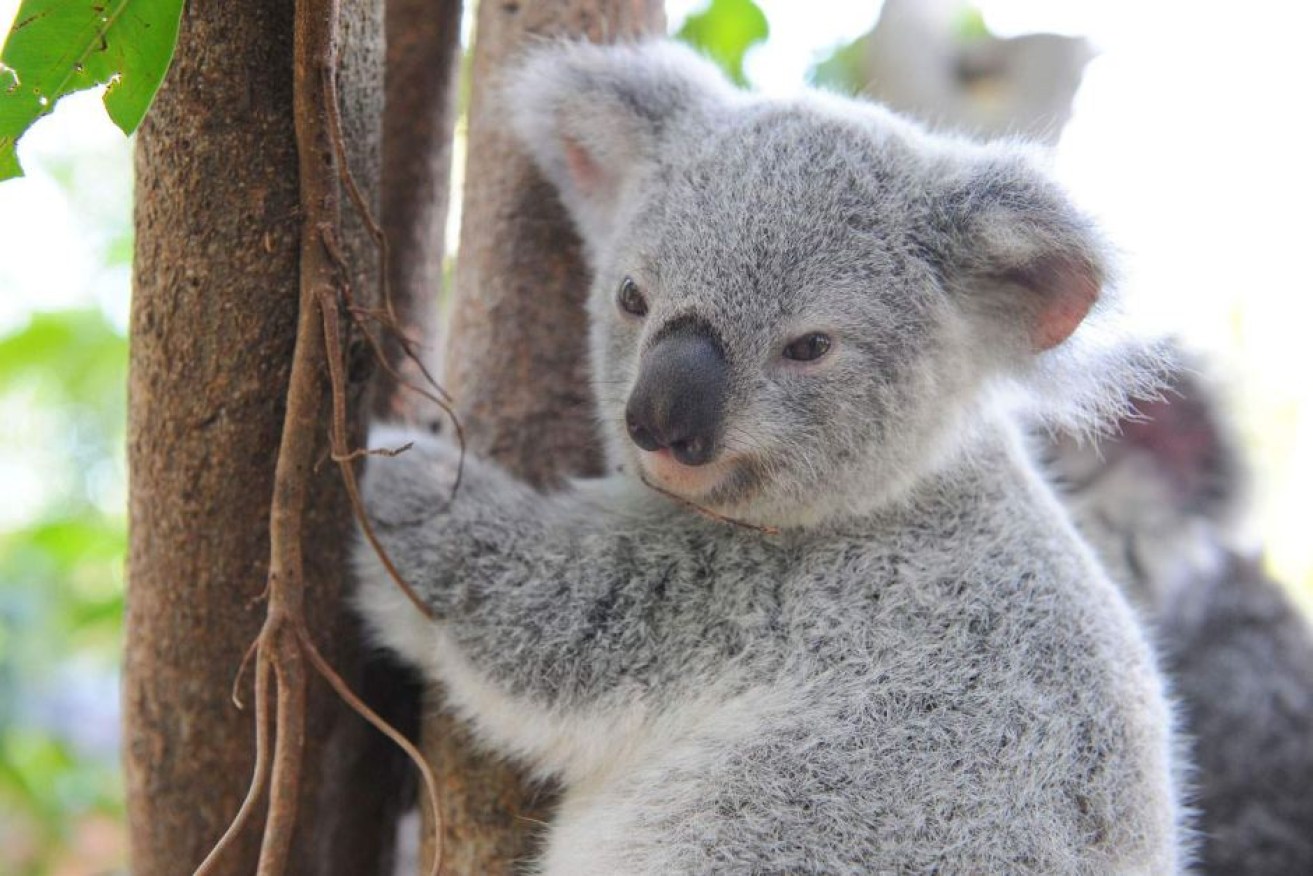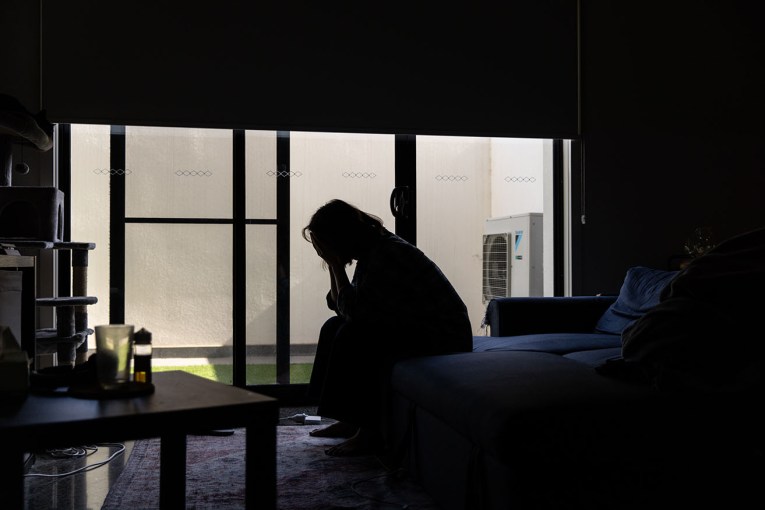Koala in danger of same fate as Borneo’s orangutan, WWF warns

The WWF President took the unusual step of writing to the Prime Minister. Photo: Australia Zoo
The president of World Wildlife Fund International has written to Prime Minister Scott Morrison and New South Wales Premier Gladys Berejiklian calling for urgent action to better protect the nation’s forests and koalas.
In the letter, Pavan Sukhdev warned both governments that koalas are facing a crisis similar to that suffered by orangutans.
“The demise of orangutans has come to represent the destruction of rainforests in Borneo and Sumatra. People around the world are drawing parallels to the koala, which is also heading towards extinction because of rampant deforestation,” Mr Sukhdev said.
Mr Sukhdev said it was only the second time in his work as the WWF International boss that he had made a personal appeal to national leaders to take action to protect their native wildlife.
“Frankly even I wasn’t aware of the seriousness of the problem until recently, but yes as it becomes visible, as the world becomes aware of it, then it will be seen as that level of problem,” he said.
“I think responsibility will rest on the shoulders of these two governments: the NSW Government and Australian Government.”

More than 100,000 orangutans have been lost to logging in in Borneo. Photo: Melbourne Zoo
It is believed more than 100,000 orangutans have been lost to logging in Borneo over the last two decades.
From recent field surveys ecologists believe the koala population in NSW numbers somewhere between 15,000 and 28,000.
Wildlife expert David Paull said the main population is on the North Coast between Taree and Byron Bay with between 5,000–9,000.
Other areas with key populations include the Southern Highlands, with several different populations between 3,000–4,000, the New England Tablelands with 1,000–2,000, the Brigalow Belt (including the Liverpool Plains) with 1,000–2,000 and Sydney-Campbelltown with about 1,000.
Mr Paull said the biggest overall threat to the state’s koala population was declining habitat.
“Land clearing is one of the biggest factors there, the new regime of intensive forestry in NSW is also harming populations,” he said.
Mr Paull said climate change was also affecting the quality of koala habitat.
“Koalas are pretty fussy and will pick certain trees over others even though they are the same species, because of micro differences in water and nutrient make up of trees,” he said.
More support for famers
Mr Sukhdev also urged the governments to offer more support to farmers to help set land aside.
“I would like farmers in NSW to be supported when they are voluntarily setting aside their lands for conservation and I think that level of support is only fair and is required and is expected,” he said.
Mr Paull said the NSW Government was developing some detailed mapping of koala habitat across the state.
“Once they are identified we need to make sure they are protected, and where the areas conflict with agricultural use the farmers need to be included in programs to ensure they don’t suffer financial loss,” he said.
-ABC








